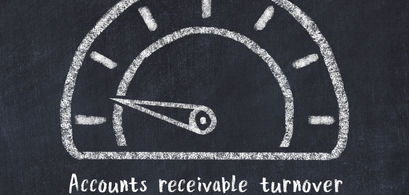Definition
An efficiency ratio, accounts receivable turnover tells the analyst how effectively the company manages the credit extended to customers. The measure is a good indication of the average time needed to convert receivables into cash. The metric relies on information from the income statement (sales) as well as the balance sheet (receivables).
Calculation
Accounts Receivable Turnover = Net Sales on Credit / Average Receivables
Explanation
When calculating this metric, it's preferred to use a monthly average of receivables, and only include sales on credit terms. Typically, most companies require retail credit customers to repay balances in 30 to 60 days. This translates into accounts receivable turnover ratios that are between 6 and 12. If this ratio falls too low, it can indicate problems collecting money from customers.
When drawing conclusions about the relative performance of a company, benchmark comparisons should be made with competitors in the same industry.
Example
Last year, Company A had an average monthly accounts receivable of $3,867,000 and revenues of $29,611,000. Using the above formula, accounts receivable turnover is:
= $29,611,000 / $3,867,000, or 7.66
Based on this information, we know Company A's average repayment term would be 365 days / 7.66 or 47.6 days.






.jpg)

